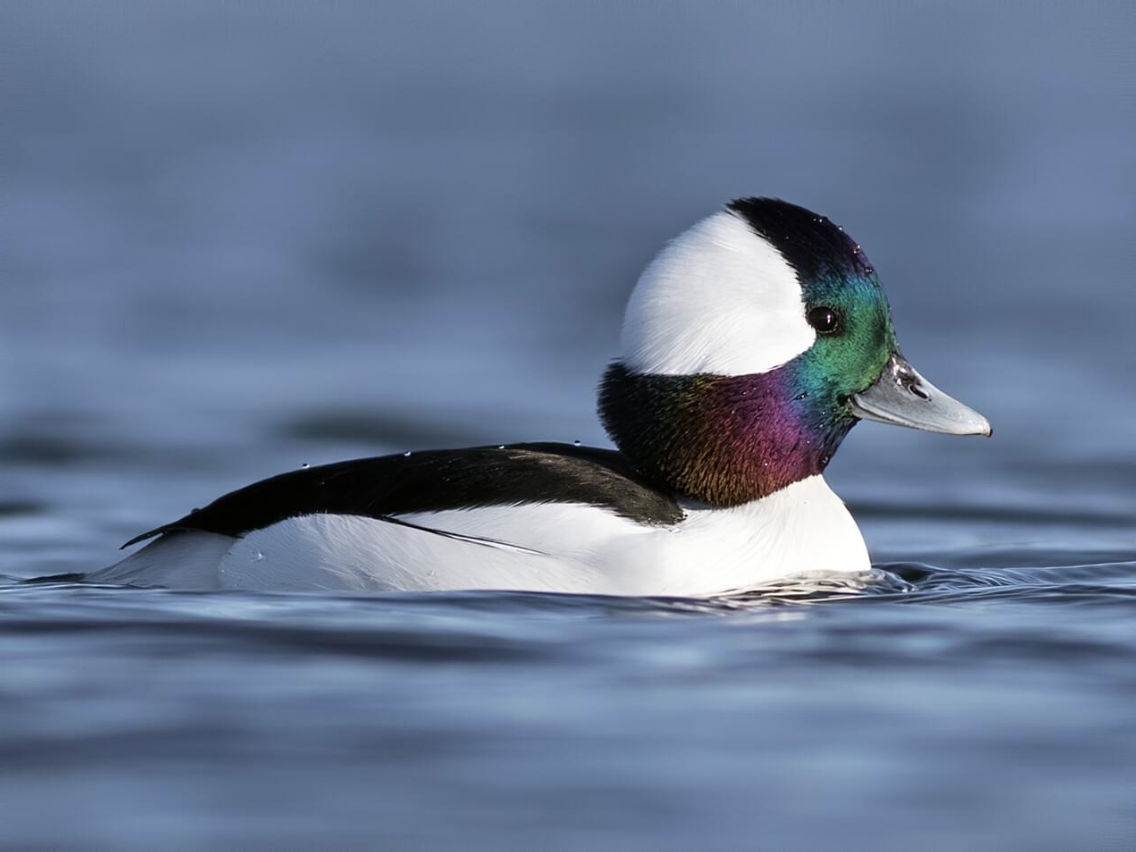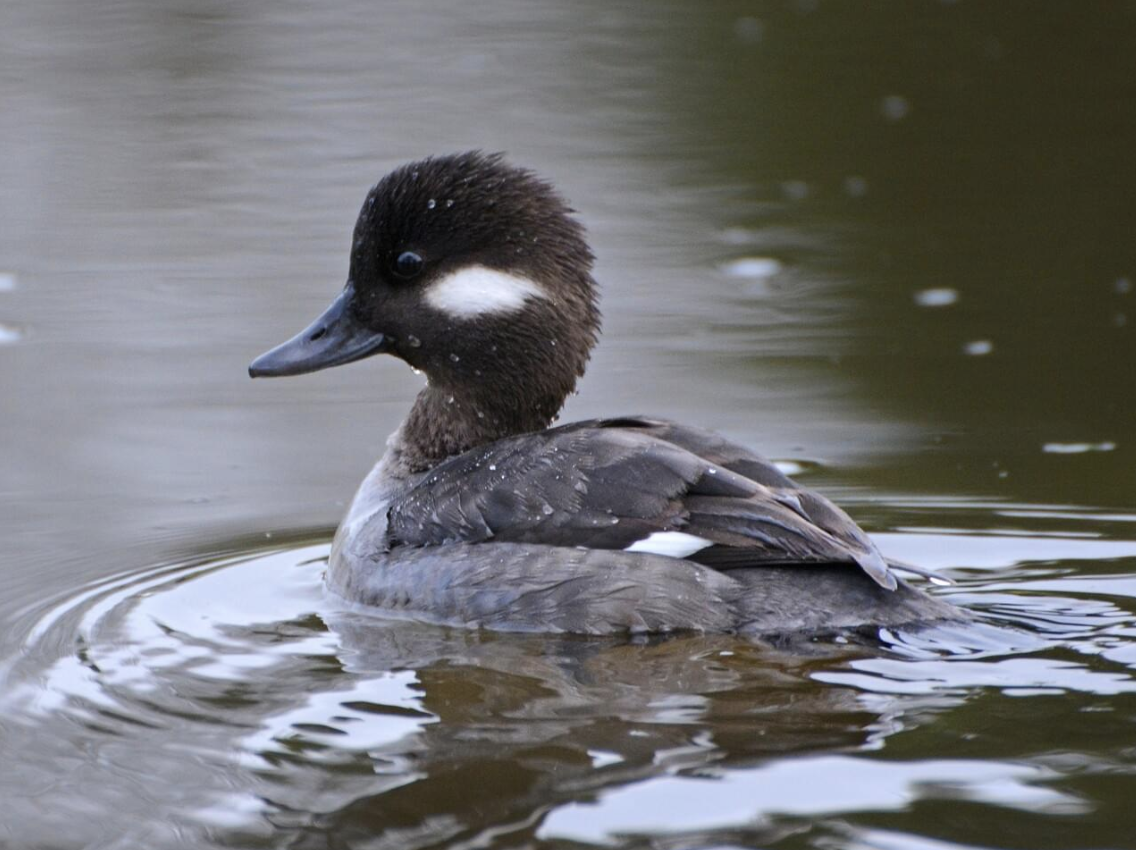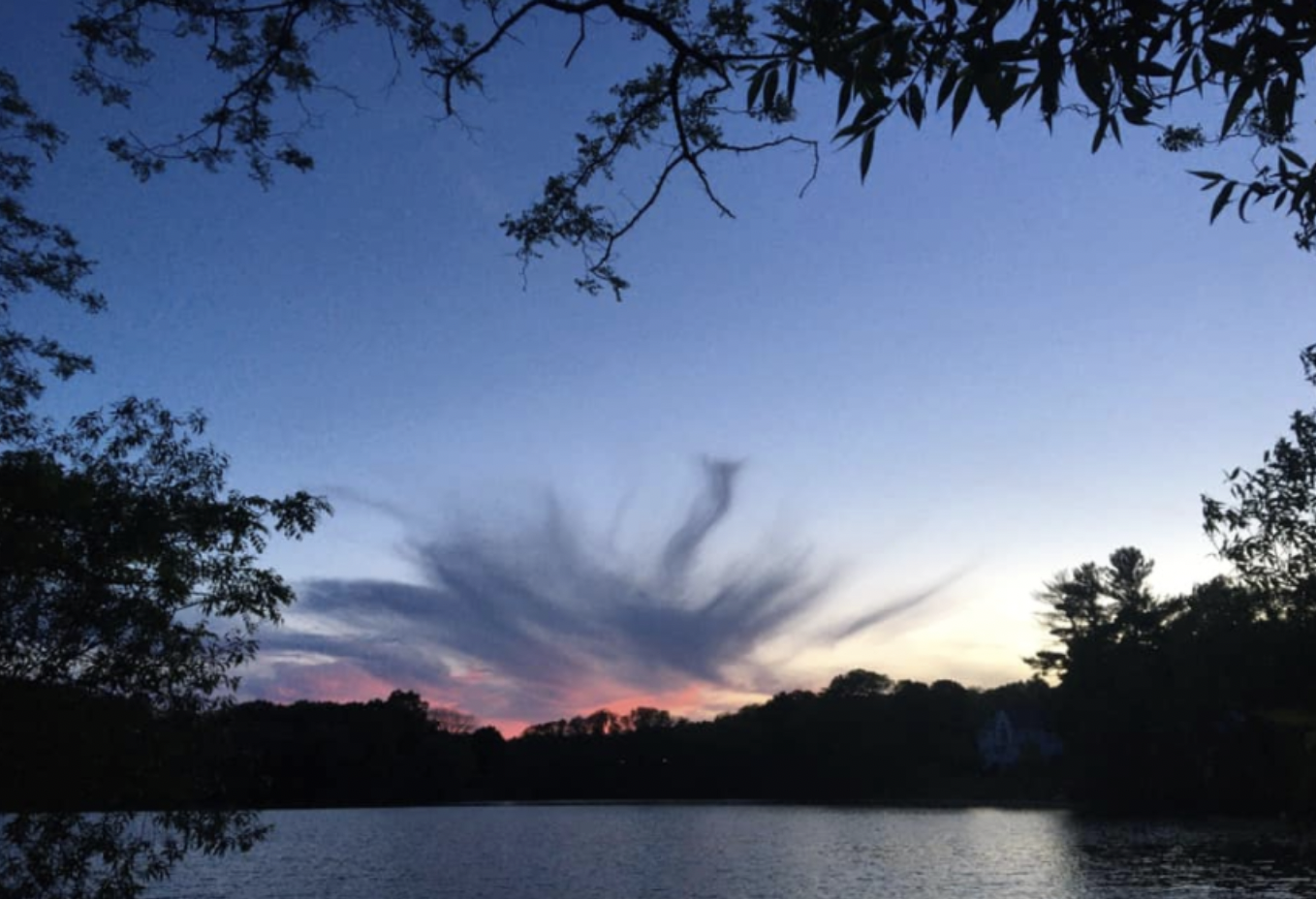By Jared McNabb. Coyote photo from Arnold Arboretum, Boston’s website
In the stillness of the night around Chandler Pond, the haunting sound of coyotes can often be heard echoing through the air. Their yips, howls, and barks are a common soundtrack for early mornings and late evenings in the area, signaling the presence of these adaptable creatures. Coyotes, once primarily associated with rural and wilderness areas, have increasingly found their way into urban environments, including around Chandler Pond. With their growing presence, it’s important for visitors to understand how to coexist with these wild animals and take steps to avoid potential conflicts.
Why Are Coyotes Active Now?
Coyotes are active year-round, but they are especially noticeable during the colder months, from late fall to early spring. This time of year brings more frequent sightings and vocalizations as coyotes work to provide food for themselves and their young. Their howls and yips are used for communication with pack members, to mark territory, and to help coordinate hunting efforts, all of which are more common during these colder months when food can be more scarce.
The urban wilds around Chandler Pond offers coyotes an abundance of food sources, such as small mammals, rodents, and even food scraps from humans. This easy access to sustenance allows them to thrive in close proximity to people, particularly at night when they feel safer from human activity.
The Coyote Incident: A Cautionary Tale
While coyotes are not generally a threat to humans, their presence in urban areas like Chandler Pond calls for a mindful approach to coexistence. Coyotes are opportunistic hunters, and they will sometimes prey on small pets such as dogs and cats, especially during the winter months when food is scarce. Last year, a concerning incident near Chandler Pond involved a coyote attacking a dog. Fortunately, the dog survived the encounter, but it served as a stark reminder of the potential risks of living close to coyotes. Although such attacks are rare, they can happen when coyotes feel threatened or are in search of food. This underscores the importance of keeping pets safe and taking precautions to avoid these types of encounters.
Steps to Prevent Coyote Encounters Around Chandler Pond and Other Urban Environments
With the right precautions, it is entirely possible for humans and coyotes to share space safely. For those who live near Chandler Pond or frequent the area, it’s important to take proactive steps to minimize the risk of a coyote encounter. Here are a few key actions to consider:
Stay Alert: When walking or hiking near Chandler Pond, particularly at dawn or dusk, be aware of your surroundings. Coyotes are most active during these times, so it’s important to stay vigilant and avoid walking too close to known coyote habitats.
Leash Your Pets: Always keep dogs on a leash, especially when near wooded areas or areas where coyotes are known to be active. This ensures your pet remains under control and reduces the likelihood of them wandering into coyote territory.
Make Yourself Known: If you see a coyote, don’t approach it. Instead, make loud noises, clap your hands, or wave your arms to scare it off. Coyotes tend to avoid humans and will usually leave when they feel threatened.
Carry a noisemaker: A can or tin filled with a few coins and secured can make a noisemaker effective at scaring off a coyote.
Secure Food Sources: Coyotes are opportunistic feeders and will take advantage of easy food sources. It’s important to keep trash in sealed containers, bring pet food inside at night, and avoid leaving bird seed or trash accessible. This reduces the chance of attracting coyotes to your property.
Coyotes are a natural part of the ecosystem around Chandler Pond, and they help manage rodent populations and maintain balance in the local environment. While a sighting can be startling, these creatures generally prefer to avoid humans and are not inherently dangerous. By taking simple precautions—such as securing food sources, supervising pets, and using deterrents—residents can help reduce the risk of conflicts. Coexisting with coyotes is possible if we respect their space and remain mindful of how to live safely in areas where wildlife and humans intersect. As you hear the distant calls of coyotes at night, remember that these resilient animals are a part of the vibrant natural world that surrounds us.























